Comilla, August 28— Severe flooding has engulfed many villages across 14 upazilas of Comilla, leaving over a million people stranded in water. The flood-stricken communities are in urgent need of clean water, medicine, and clothing as they cope with the aftermath of the disaster.
Since Wednesday morning, elderly residents, along with women and children, have been seen gathering along the roadsides, desperately waiting for relief boats or trawlers. Many have been standing for hours in knee-to-chest-deep water, their eyes anxiously fixed on the horizon for any sign of assistance.
The prolonged flooding has caused severe damage to the region’s infrastructure. Many of the raw and half-baked houses submerged in water for days are now collapsing. As a result, some residents have been forced to take shelter in the open air, while others have moved to makeshift shelters or the homes of friends and family, carrying only a single piece of clothing.
According to government estimates, around 1.1 million people in 125 unions across 14 upazilas are currently water-bound. However, many people in remote areas have yet to receive any relief. The flood has also led to an increase in water-borne diseases, further complicating the situation. Immediate delivery of food, medical care, and essential medicines to the 724 shelters in the flood-affected areas is urgently needed. The flood victims are struggling both physically and mentally, exacerbated by a lack of food and communication with their relatives.
Dr. Muhammad Nazmul Alam, Deputy Civil Surgeon of Comilla, stated that there have been reports of water-borne diseases such as skin infections, diarrhea, fever, and colds in several areas. "Health workers are on the ground, but many areas remain inaccessible due to the severe disruption of communication lines," he said. Overcrowding in shelters increases the risk of disease outbreaks, and there is concern that these could escalate further in the post-flood period.
The flood situation remains dire in many parts of Comilla. While the water level in the Gomti River has dropped below the danger level, the overall flood situation remains unchanged, and new areas, such as Burichong, Brahmanpara, and Devidwar, are experiencing flooding due to riverbank erosion.
In addition to the health crisis, the flood-stricken communities face multiple other dangers. Reports of night-time robberies have emerged, and there are increasing fears of snake bites, electrocution, and other injuries. In the last three days alone, 14 people, including four children, have lost their lives in various upazilas across the district due to drowning and other flood-related incidents.
As the floods continue to ravage the region, the affected communities urgently need increased aid and support to survive and recover from this natural disaster. The lack of clean water and safe sanitation facilities is a pressing concern, and immediate relief efforts must focus on addressing these critical needs to prevent further casualties and suffering.



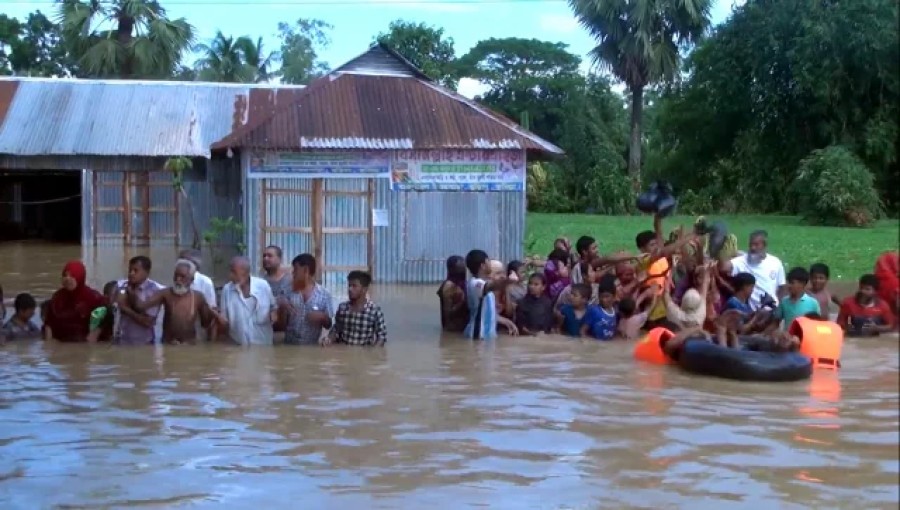
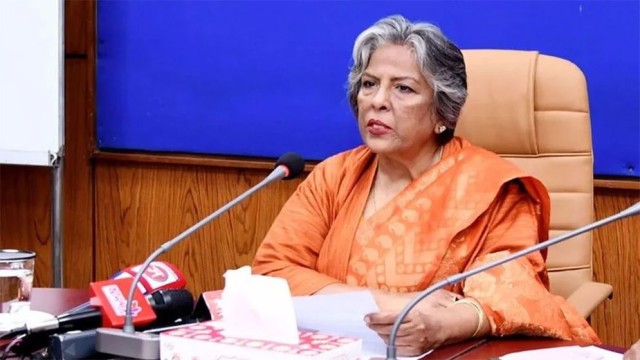
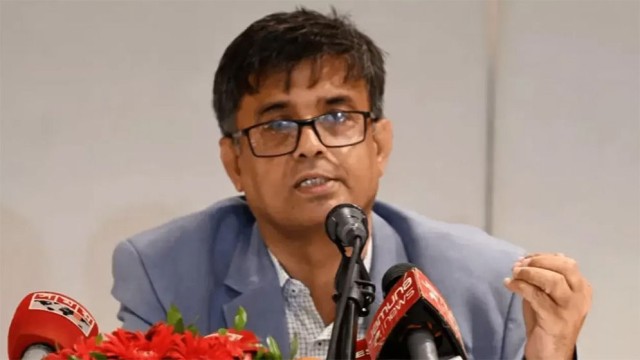
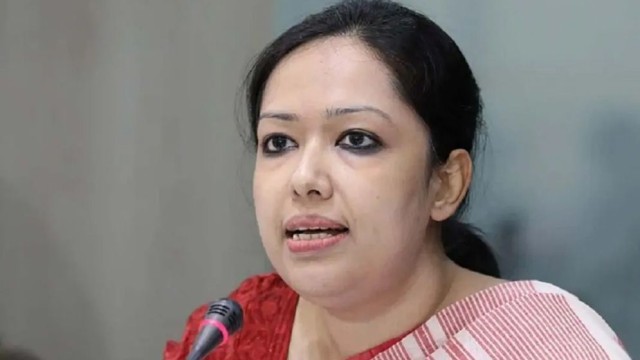
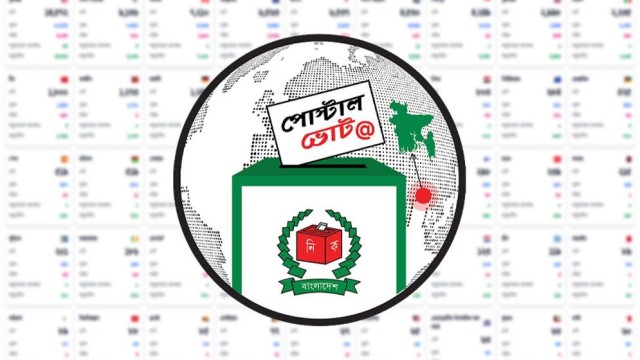
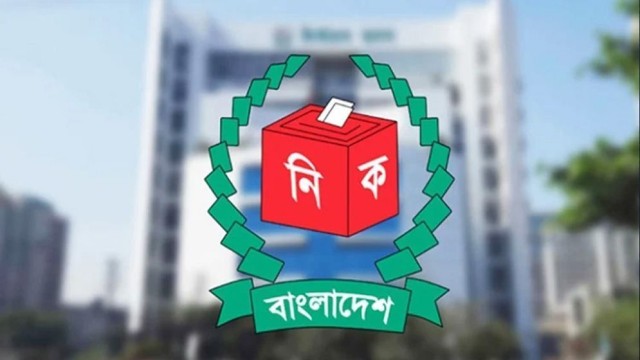
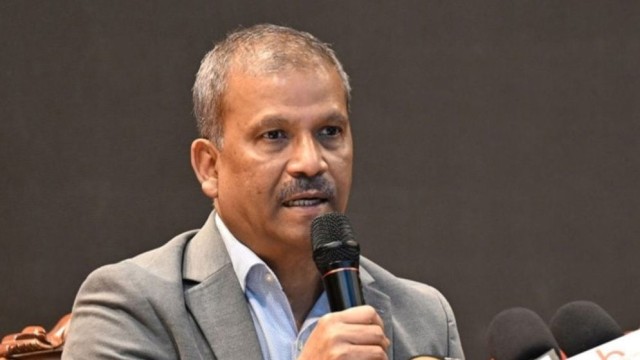
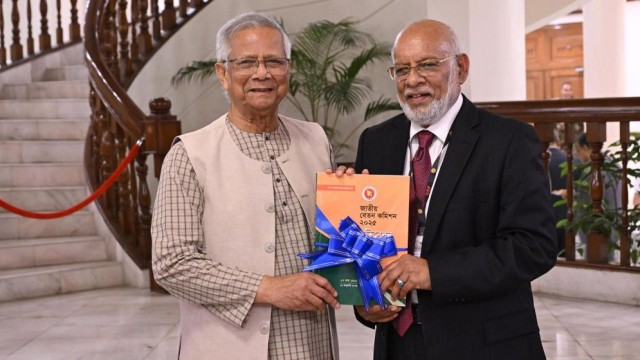
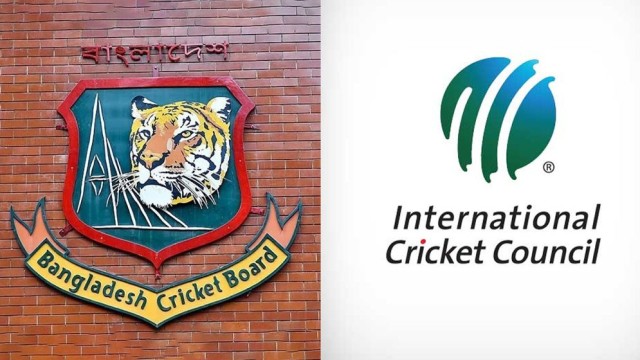



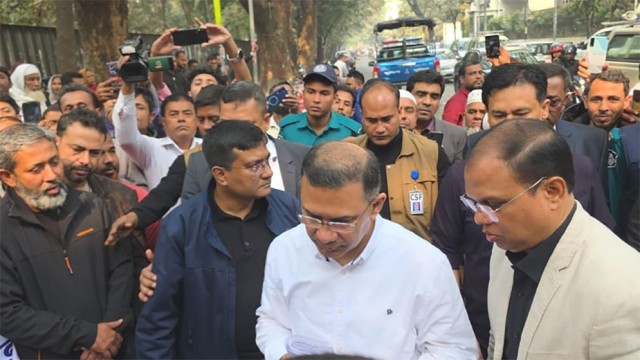
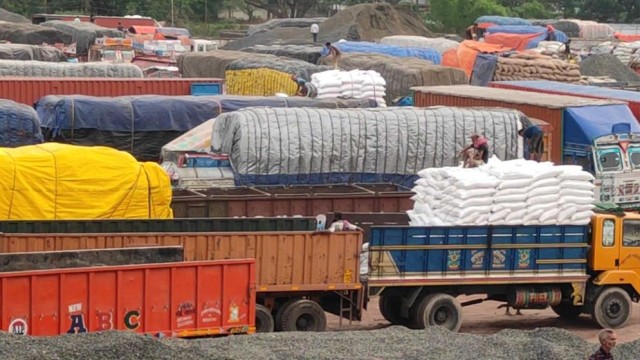




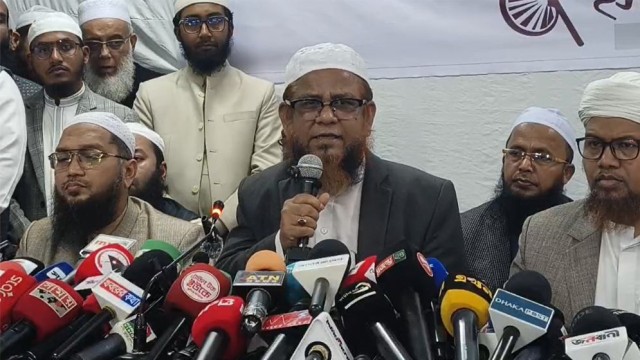
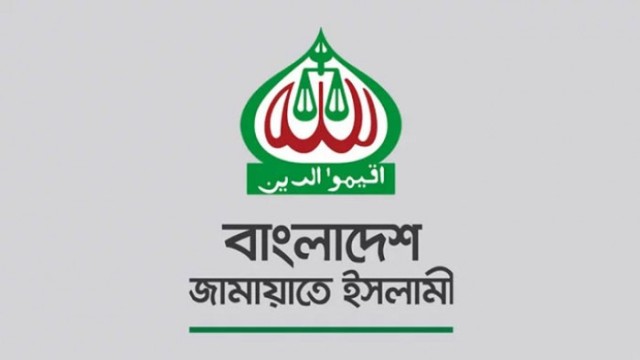
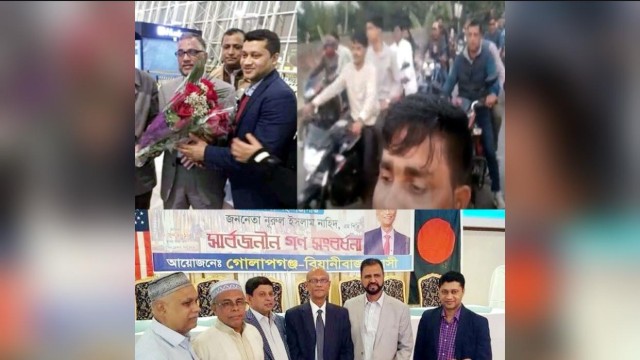
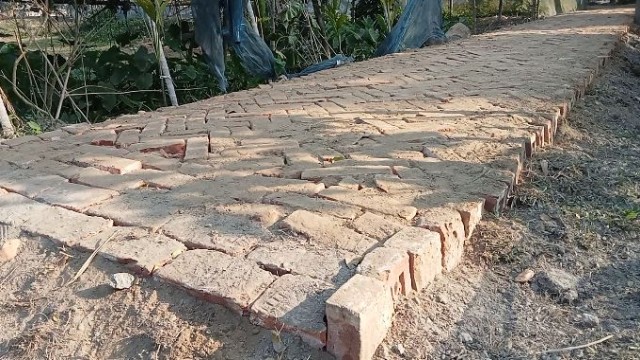
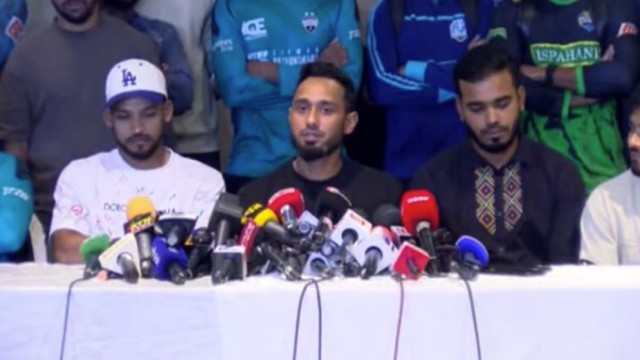
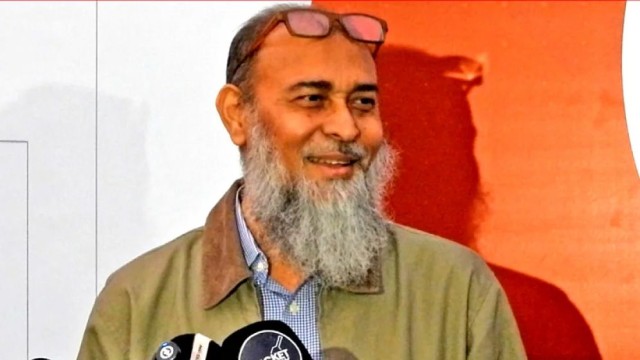

Comment: